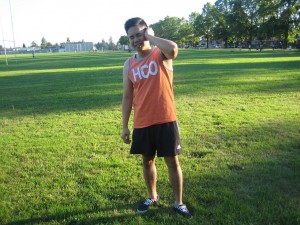Over the past several years, the demand for basic CPR training has been going up. As more and more disasters plague the US and the rest of the world, more and more people are going out and getting trained in basic CPR and first aid. CPR training is quite easy; general public courses are shorter than full-length programs for healthcare providers. American CPR courses can be found all over the country, but you find the best quality programs here with our providers spread over 6 cities in 4 states.
What is CPR?
If you aren’t familiar with the term, CPR stands for cardiopulmonary resuscitation. CPR is used on a victim who falls unconscious and does not have a pulse, regular breathing, and is unresponsive. CPR is done in a cascade of steps, starting with trying to wake the victim up, calling for help, and starting chest compressions. Compressions are done to help the heart that has stopped beating to pump blood to the rest of the body. Giving rescue breaths is done after every 30 compressions to fill the lungs with oxygen.
Who classifies as a victim?
Once a person falls unconscious and is unresponsive, we have to assume that he or she has experience a form of arrest. Rescues have to check for a pulse and regular breathing. If either is absent, CPR must be started immediately. A victim who has had a stroke or heart attack need immediate medical attention. Remember to call for emergency help – 911 – or have someone call for help before you start compressions.
What are AEDs?
AED is short for automated external defibrillators. AEDs are automatic machines that are attached to the chest through pads. The machine then sends electricity to the heart to try and get its rhythm to become normal. AEDs are typically used by EMTs.
What CPR programs can I sign up for?

Our providers have three available CPR programs for both the general public or for trainees who are in or are studying healthcare.
- Heartsaver CPR – includes AED and basic first aid training. Students are taught how to perform one-person CPR rescue. A skills test is given at the end of the program for students who want to become certified. The test is optional. Program length: 4 hours
- Heartsaver CPR (C) – includes AED and basic first aid training for healthcare providers (HCPs). Students are also taught one-person CPR. A skills test and a written exam are given at the end of the program. This test is mandatory. Program length: 4.5 hours
- BLS for HCPs – includes AED, basic first aid, and introduction to the American Heart Association’s BLS guidelines. A pre-test is given before the program and only those who pass are qualified to enter the classes. A mandatory skills test and written exam are given at the end of training. Program length: 4.5 hours; Re-certification: 4 hours
How long do certificates last?
Certificates from the programs have a validity of two years. Before the expiration, students have to sign up for re-certification. If your credentials expire, you will have to take the entire program again.
